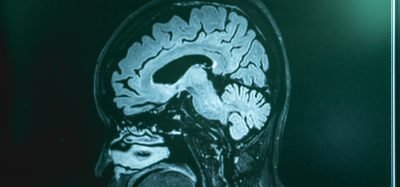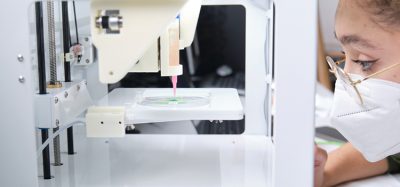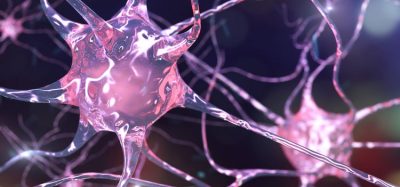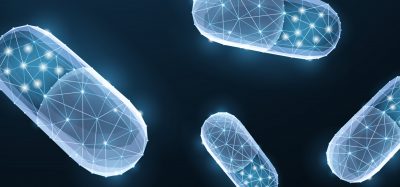Neuron damage from ALS reversed with new compound
Posted: 24 February 2021 | Victoria Rees (Drug Target Review) | No comments yet
Scientists have developed a compound that stops the degeneration of upper motor neurons, a contributor to amyotrophic lateral sclerosis (ALS).
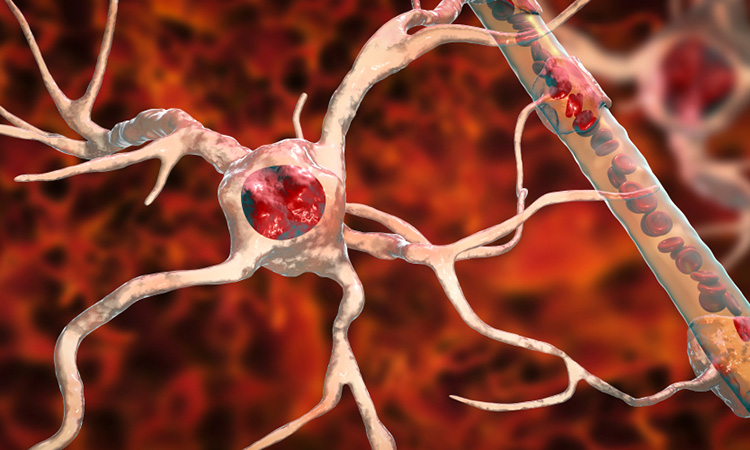
Scientists report that they have identified the first compound that eliminates the ongoing degeneration of upper motor neurons that become diseased and are a key contributor to amyotrophic lateral sclerosis (ALS). The study was conducted at Northwestern University, US.
In ALS, movement-initiating nerve cells in the brain (upper motor neurons) and muscle-controlling nerve cells in the spinal cord (lower motor neurons) die. The disease results in rapidly progressing paralysis and death.
“Even though the upper motor neurons are responsible for the initiation and modulation of movement and their degeneration is an early event in ALS, so far there has been no treatment option to improve their health,” said senior author Associate Professor Hande Ozdinler. “We have identified the first compound that improves the health of upper motor neurons that become diseased.”
The research was initiated after a compound named NU-9 was identified in the lab of Professor Richard Silverman, author of the study. The team found that it had the ability to reduce protein misfolding in critical cell lines. The compound is not toxic and crosses the blood brain barrier.
The NU-9 compound addresses two of the important factors that cause upper motor neurons to become diseased in ALS: protein misfolding and protein clumping inside the cell. Proteins fold in a unique way to function and when they misfold they become toxic to the neuron. Sometimes proteins aggregate inside the cell and cause pathology as in the TDP-43 protein pathology. This happens in about 90 percent of all ALS patient brains and is one of the most common problems in neurodegeneration.
The research team began to investigate whether NU-9 would be able to help repair upper motor neurons that become diseased due to increased protein misfolding in ALS. The results in mice were positive. They next performed experiments to reveal how and why the diseased upper motor neurons regained their health.
After administering NU-9, both the mitochondria and the endoplasmic reticulum began to regain their health and integrity, resulting in improved neuron health. The upper motor neurons were more intact, their cell bodies were larger and the dendrites were not riddled with holes. They stopped degenerating so much that the diseased neurons became similar to healthy control neurons after 60 days of NU-9 treatment.
The research team say they will now complete more detailed toxicology and pharmacokinetic studies prior to initiating a Phase I clinical trial.
The study is published in Clinical and Translational Medicine.
Related topics
Drug Discovery, Neurons, Neuroprotection, Neurosciences, Target Molecule
Related conditions
Amyotrophic Lateral Sclerosis (ALS)
Related organisations
Northwestern University
Related people
Associate Professor Hande Ozdinler




